10 Best Horror Movies For People Who Are Afraid of Horror Movies
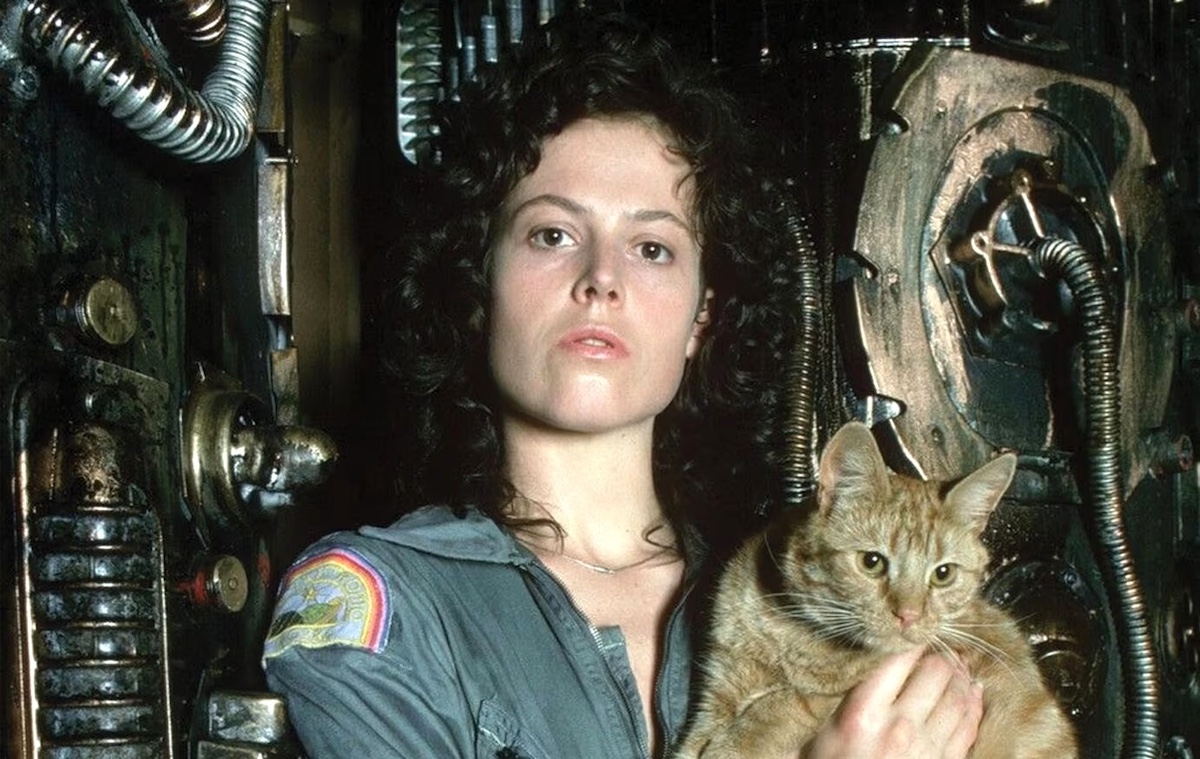
I’ll be honest with you. I scare easily watching horror movies and TV shows, and as a rule, I don’t gravitate toward horror as a form of entertainment. But because I wanted to understand the genre, I took a class on horror film in college and came away with several films that I appreciated and still think about. I call these movies horror for people who don’t like horror—or think that they don’t.
I took the class because I’d long wondered why some people seem to relish horror and enjoy its gristliest bits, when my instinct was (and still is) to cover my eyes. I don’t think there’s any need to judge why some of us love this stuff and some of us shy away. I seem to lack the gene that gets a thrill from it; I mostly just feel frightened. Even if I can get through the watch, my mind runs wild thereafter. Jump scares scare me in an unpleasant fashion, excessive gore is upsetting, and I have no desire to be alone in a house after experiencing a few hours of ghosts or serial killers ravaging a similar abode.
But the class taught me a lot about why we create horror as entertainment, how often these films reflect societal issues and social anxieties around themes of family, sexuality, racism, sexism, gender, xenophobia, class, and more. Not every horror movie needs to make an overt political statement, but even a B-movie done on a shoestring budget tends to be reflective of its time in a fascinating way. And I discovered that some horror movies lauded as classics are just plain good, too. They’ve become classics for a reason. So let’s dive in.
Nosferatu (1922)
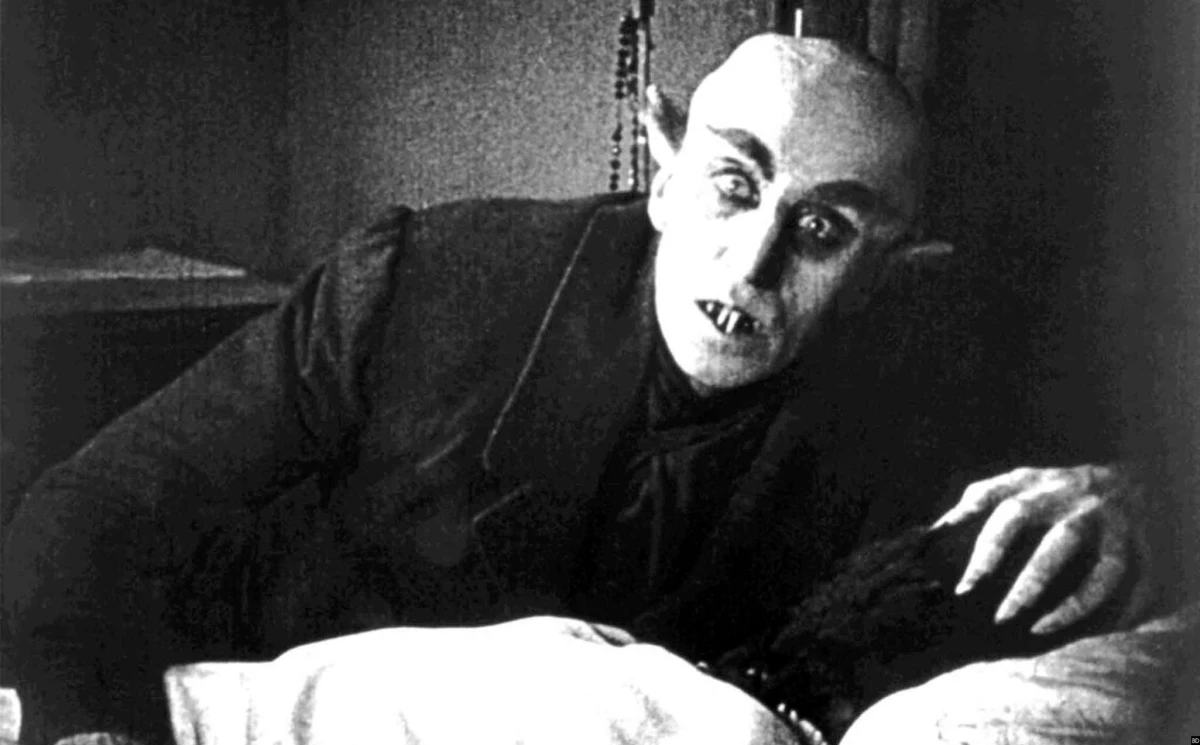
Is there any horror movie class that doesn’t kick off with the movie that started it all? By our current cinematic standards, this is a relic from another time—it’s more than a hundred years old. Nosferatu is, in and of itself, a kind of living dead at this point. This era of silent black-and-white filmmaking is long since buried—and yet Nosferatu will never die. Director F.W. Murnau’s Nosferatu: A Horror Symphony stars Max Schreck as the creepy vampire Count Orlok, and it’s worth it to witness Schreck’s uncanny performance and now-iconic look. No endless fountains of blood or unmitigated torture scenes here, but you’ll see how much this movie laid the groundwork for all that would come thereafter.
The Shining (1980)
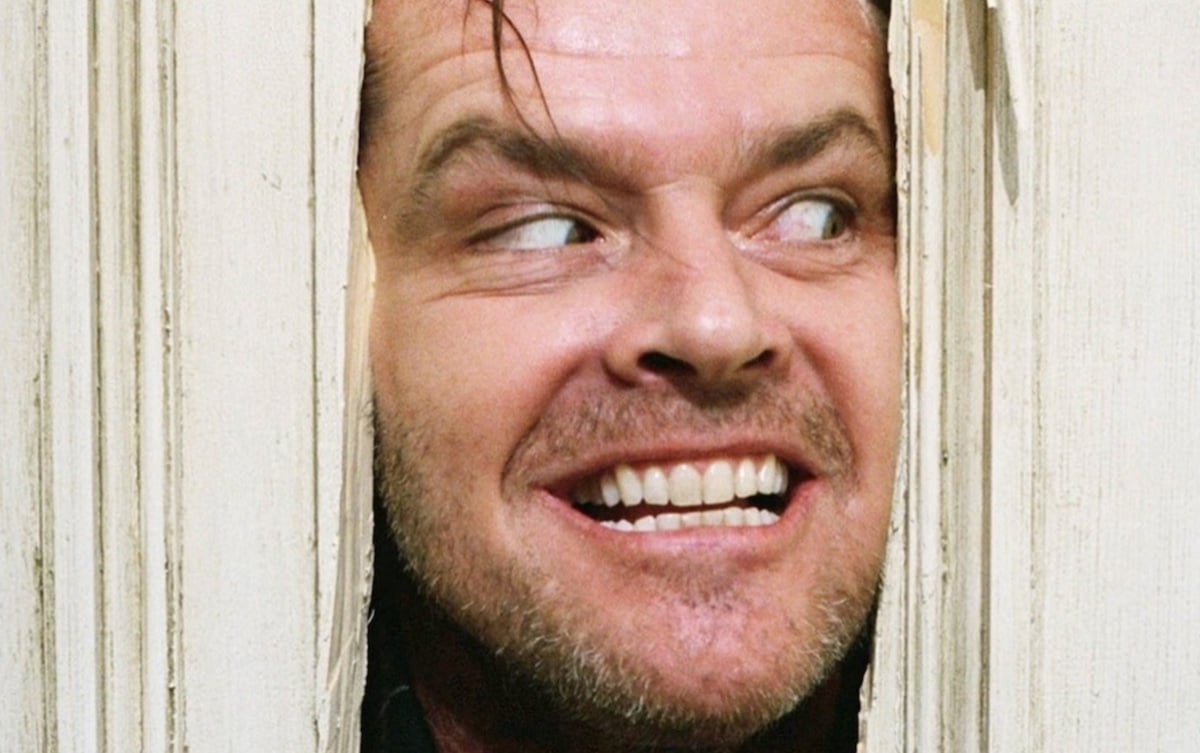
I’m not a diehard fan of director Stanley Kubrick, but this is a good movie by every marker of the term. The setting at the secluded Overlook Hotel is so evocative it’s a character all on its own, the strong performances make you feel like you’re losing your way along with the characters, and this is the movie about the family unit as a generator of angst. The potential horrors of having a family and the horrors of being in a horrific family are writ large in the story of a deteriorating father, a put-upon mother, and a very special kid. It’s disturbing and there are some frightening moments, but even the most scare-averse and merely curious viewer can sit through this one with the lights off.
Halloween (1978)
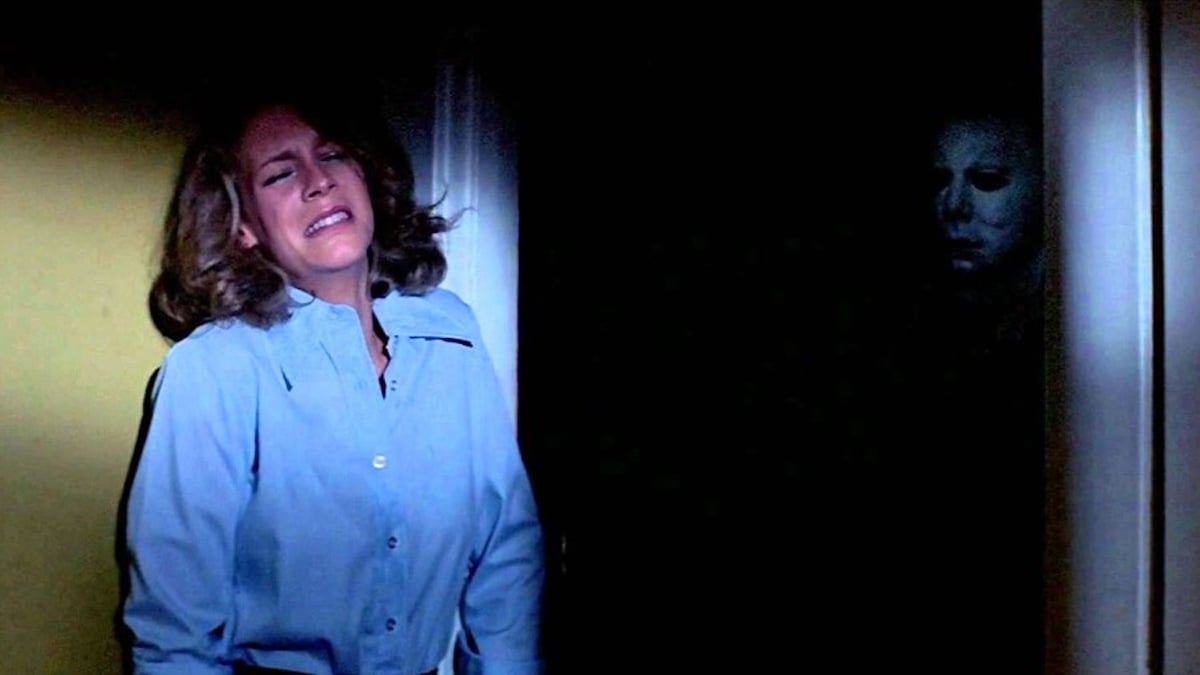
I was surprised by how much I enjoyed this film when we watched it in class. There’s a reason why it launched a Halloween franchise that persists today. Many of its tropes will feel outdated—like other movies on this list, it’s from a time of different social mores, and it’s more than four decades old. But it is tense and frightening in a way that doesn’t feel cheap, and it gives us one of the most enduring cinematic final girls in Jamie Lee Curtis’s Laurie Strode. Halloween is co-written, directed, and scored by the legendary John Carpenter, and no one is immune to that iconic score. If you’re interested in how horror movies reflect our anxieties around sexuality, this is one to watch. And if you’re interested in why I’m terrified of the suburbs, look no further.
Alien (1979)
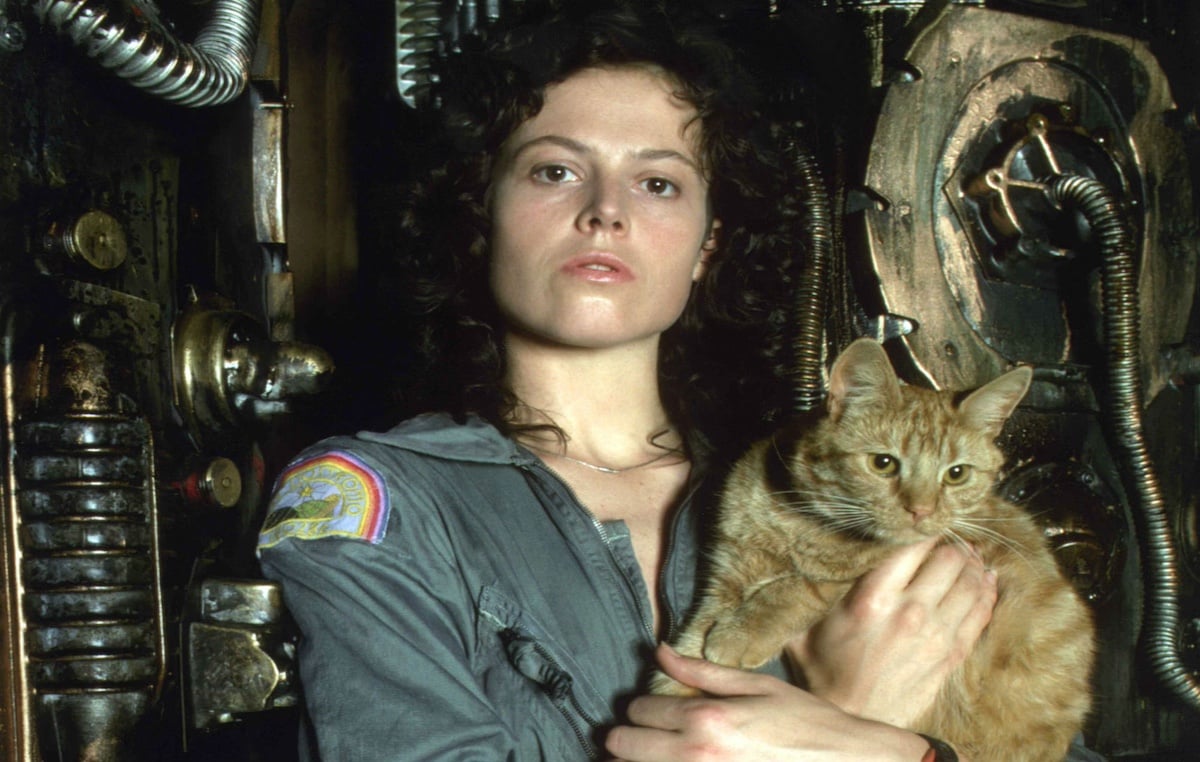
Sigourney Weaver fights a monstrous alien in space as the ultimate badass, and also there is an excellent cat. I’m really not sure what else needs to be said. Director Ridley Scott knows what he’s doing, and when you watch this movie, you’ll recognize how many others were inspired by it, and how its fingerprints are all over the science fiction and thriller media we watch today. The horror elements here are manageable; it’s scary at points without beating you relentlessly over the head with fear. And did I mention the cat? Continue with its sequel Aliens (1986), this time directed and written by James Cameron, who turns everything up past eleven.
Get Out (2017)

Get Out wasn’t released back when I took my horror film class, but I imagine it’s a staple on any such syllabus now. Jordan Peele’s directorial debut exploded on the cinematic scene and became a huge commercial and critical success, reflecting its quality and enduring impact. Get Out was nominated for a multitude of awards and saw Peele win the Academy Award for Best Screenplay. This one falls more under the “psychological horror” banner; its horror emerges from the situations the characters are forced into and the grotesque monster of racism in America. While there are shock-inducing moments and explicit violence, the true terrors of Get Out are rooted in our own histories and prejudice. The performances are astonishing, and I’ve recommended it to everyone who says they’re not usually inclined to “scary movies.”
Don’t Look Now (1973)
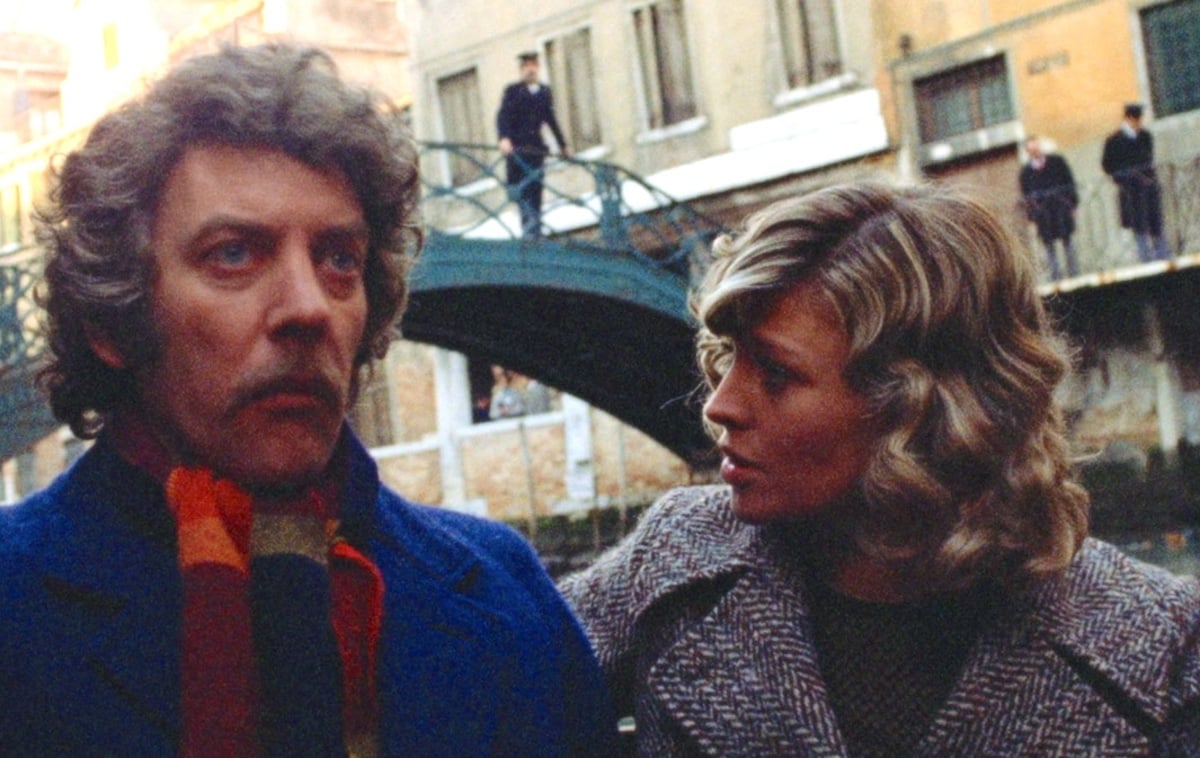
This is a weird movie, plain and simple, with the weirdest conclusion of them all. My enjoyment of it was no doubt informed by the horror class’s reading of the chilling Daphne du Maurier short story Don’t Look Now, from which it is adapted, in conjunction with the viewing. I’d recommend pairing them together, although the silver screen adaptation makes some significant changes. Director Nicolas Roeg’s film is now numbered among the classics for its innovative filmmaking choices, and it’s worth a watch. This is a tense, beautifully shot trip through Venice and an exploration of grief; it also features a steamy scene between stars Donald Sutherland and Julie Christie that was considered wildly controversial for its explicit nature at the time. The story of a grieving couple stalked by danger and haunted by strange premonitions, Don’t Look Now lodges in your brain and leaves it more wondering than scared.
Psycho (1960)

By our standards, Psycho might seem pretty tame in the realm of “horror,” but it was novel and controversial in its day. Today, desensitized as we are to nudity and gratuitous violence, you might wonder why. Not much brutality is explicit; apart from its infamous shower murder scene with its shrieking strings soundtrack, the fear derives from the quiet threat of Anthony Perkins’ motel keeper Norman Bates, the most surface-seeming anodyne of men. Alfred Hitchcock’s masterpiece paved new ground in making a monster out of an apparently ordinary guy, and in showing that the worst terrors are in the things humans do to each other, not something coming down from outer space or a creature from the black lagoon. Psycho further upended our expectations for movie narrative, after the apparent lead character played by star actress Janet Leigh is done away with early on. Its brilliance lies in leaving you on perpetually uncertain ground. This one was first shown to me in a fifth-grade film class, so it’s a pretty safe watch if you’re looking to avoid horror of the relentless jump scare variety. Just beware of Mother.
Scream (1996)

While this is a scary movie with lots of slashing and some jump scares, it is also part winking critique, part homage to the whole slasher phenomenon. It’s more clever than cringe-inducing, and it launched its own long-running franchise and a cottage industry of further meta-riffs on the theme like, well, Scary Movie. Wes Craven directs a script from Kevin Williamson, who would further impact a generation of teenagers with Dawson’s Creek. Scream takes pages from all of the horror genre books and rewrites them; in a tip of the hat to Psycho, the biggest star at the time of the movie’s release, Drew Barrymore, doesn’t make it past the first scene. Other recurring tropes we see in the older films here—horrors of the family and sexuality—are dealt with knowingly in Scream. This film made such an impact that they’re still reaching back to the characters established in the original for modern-day fodder. I first saw and got through Scream at age ten, so you should do fine scare-wise.
Night of the Living Dead (1968)
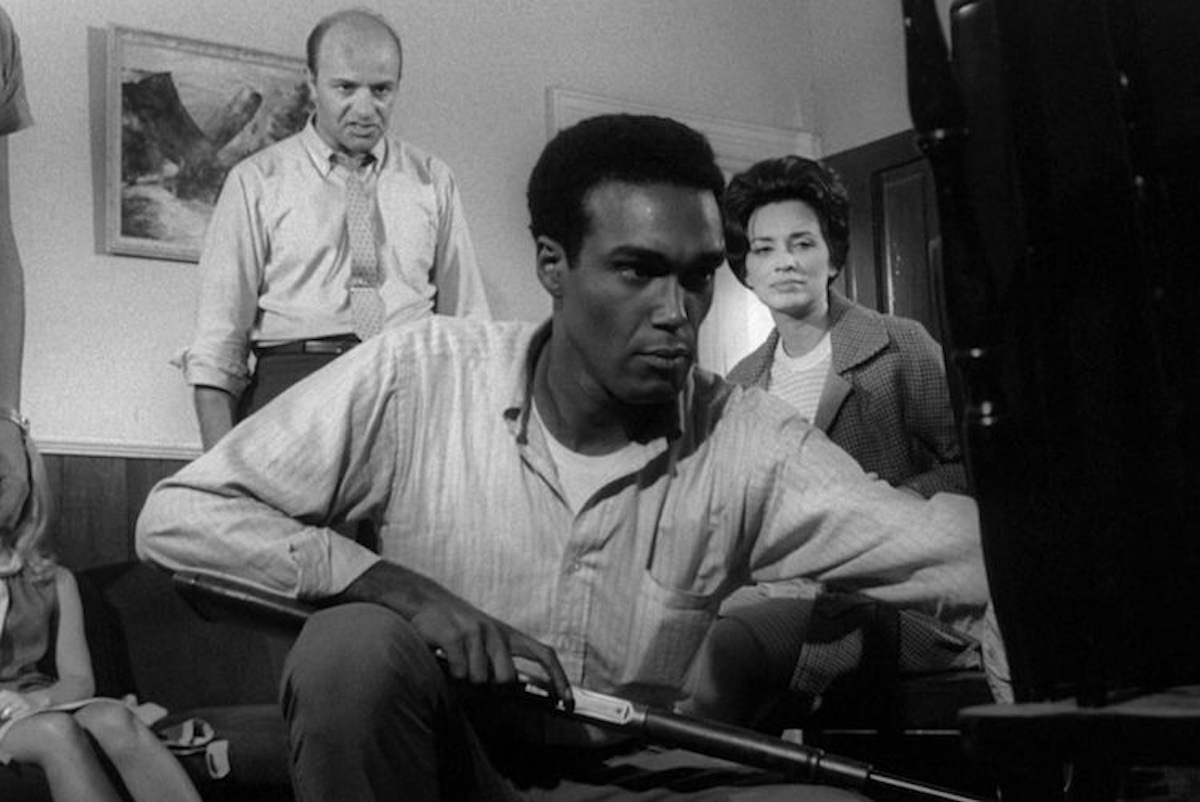
Of the many movies we watched in horror class, the ending of Night of the Living Dead is the moment that stays with me decades later. These days, you can’t swing a severed arm without hitting some kind of zombie property, and George A. Romero’s now-classic film started it all. The story is ostensibly about a group of people trapped in a rural farmhouse trying to ward off undead flesh-eaters, but at its heart Night of the Living Dead is an unflinching reflection of 1960s America. (It continues to be a mirror of the country’s internal rot.) This is now considered one of the most influential movies of all time, and though its gorier sequences were controversial upon release, if you’ve consumed any more recent zombie content the scare factor is manageable. As in the best horror films, the true dread we encounter is rooted in the horrors of human nature and social injustice. Kicking off its own franchise—and a zombie fever with tendrils far-reaching across media—there are five Night of the Living Dead sequels, with the most recent in theaters in 2009. But this is the place to start; it endures, and I’ll never stop thinking about it.
Crimson Peak (2015)
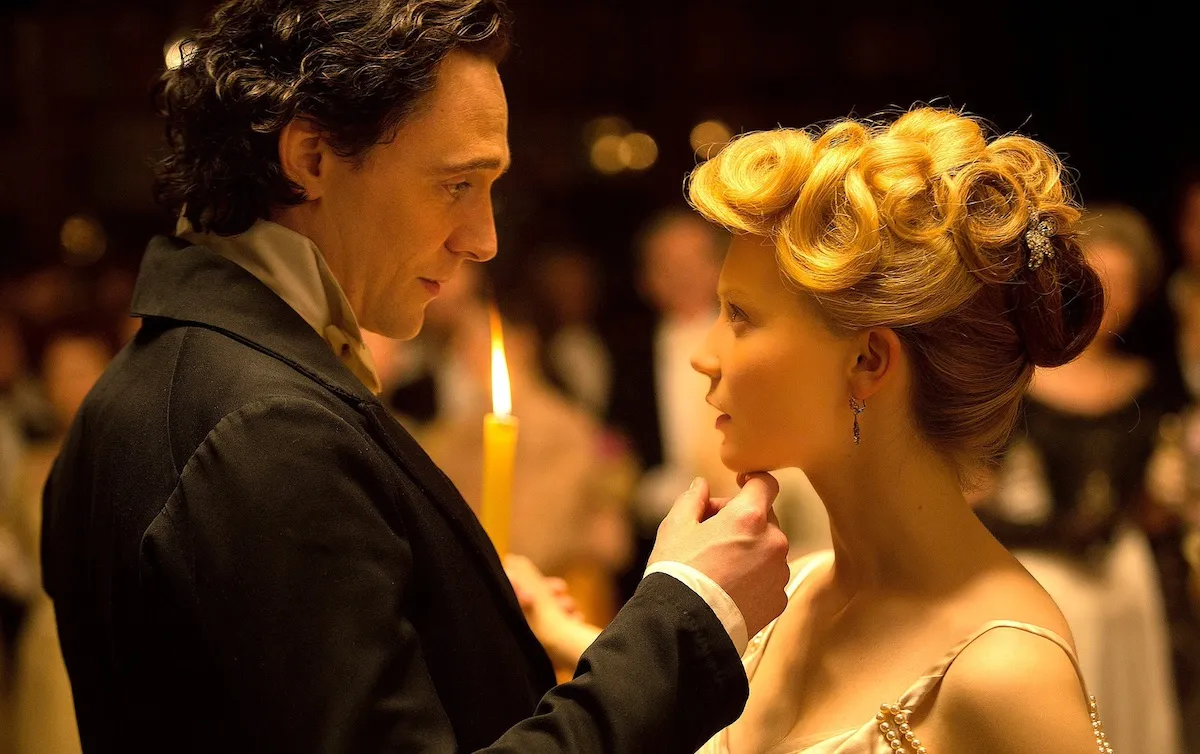
Crimson Peak is another film that was too late to be part of my class syllabus, but as a horror movie I enjoyed despite the occasional chills, it won a mention here. Crimson Peak still divides audiences and critics, with a 73% from critics and a 56% audience score on Rotten Tomatoes. (There was even an amazing Super Yaki shirt that professed, defiantly, CRIMSON PEAK WAS GOOD.) What’s wrong with said audiences? This Guillermo del Toro-directed gothic fest is a feast for the senses. The movie is cheekily over-the-top and sumptuous, with pitch-perfect acting turns from Tom Hiddleston, Jessica Chastain, and Mia Wasikowska. Playing with fairytale warnings, gothic standards, and Victorian literature tropes for modern consumption, Crimson Peak follows an naive heiress wooed by a charming man and taken back to his not-so-charming ancestral abode. Its plot is grounded in the all-too-recognizable fear that the person we fall in love with isn’t who they seem and isn’t in it for the right reasons, that a dream scenario could really be a living nightmare. While there are some disturbing situations and jumpy scenes, this isn’t too frightening of a movie to watch alone. Consider lighting some candles for atmosphere.
__
I know many other movies could be on this list, which I may have missed due to my own complicated relationship with horror. What would you include for the horror-curious who want to dip their toes into the genre, but aren’t keen to be scared witless? Let us know in the comments.
(featured image: 20th Century Fox)
Have a tip we should know? [email protected]
